A maze of brackish and freshwater ponds covers Taiwan’s coastal plain, supporting aquaculture operations that produce roughly NT $30 billion (US $920 million) worth of seafood every year. Taiwan’s government is hoping that the more than 400 square kilometers of fishponds can simultaneously produce a second harvest: solar power.
What is aquavoltaics?
That’s the impetus behind the new 42.9-megawatt “aquavoltaics” facility in the southern city of Tainan. To build it, Taipei-based Hongde Renewable Energy bought 57.6 hectares of abandoned land in Tainan’s fishpond-rich Qigu district, created earthen berms to delineate the two dozen ponds, and installed solar panels along the berms and over 6 reservoir ponds.
Tony Chang, general manager of Hongde subsidiary Star Aquaculture, says 18 of the ponds are stocked with mullet (prized for their roe) and shrimp, while milkfish help clean the water in the reservoir ponds. In 2023, the first full year of operation, Chang says his team harvested over 100,000 kilograms of seafood. This August, they began stocking a cavernous indoor facility, also festooned with photovoltaics, to cultivate white-legged shrimp.
A number of other countries have been experimenting with aquavoltaics, including China, Chile, Bangladesh, and Norway, extending the concept to large solar arrays floating on rivers and bays. But nowhere else is the pairing of aquaculture and solar power seen as so crucial to the economy. Taiwan is striving to massively expand renewable generation to sustain its semiconductor fabs, and solar is expected to play a large role. But on this densely populated island—slightly larger than Maryland, smaller than the Netherlands—there’s not a lot of open space to install solar panels. The fishponds are hard to ignore. By the end of 2025, the government is looking to install 4.4 gigawatts of aquavoltaics to help meet its goal of 20 GW of solar generation.
Is Taiwan’s aquavoltaics plan unrealistic?
Meanwhile, though, solar developers are struggling to deliver on Taiwan’s ambitious goals, even as some projections suggest Taiwan will need over 8 times more solar by 2050. And aquavoltaics in particular have come under scrutiny from environmental groups. In 2020, for example, reporter Jiashan Cai visited 100 solar plants built on agricultural land, including fishponds, and found dozens of cases where solar developers built more solar capacity than the law intended, or secured permits based on promises of continued farming that weren’t kept.
Star Aquaculture grows milkfish to help clean water for its breeding ponds.HDRenewables
On 7 July 2020, Taiwan’s Ministry of Agriculture responded by restricting solar development on farmland, in what the solar industry called the “Double-Seven Incident.” Many aquavoltaic projects were canceled while others were delayed. The latter included a 10-MW facility in Tainan that Google had announced to great fanfare in 2019 as its first renewable energy…
Read full article: Why Aquavoltaics Is a Climate-Friendly Twofer

The post “Why Aquavoltaics Is a Climate-Friendly Twofer” by Peter Fairley was published on 08/19/2024 by spectrum.ieee.org







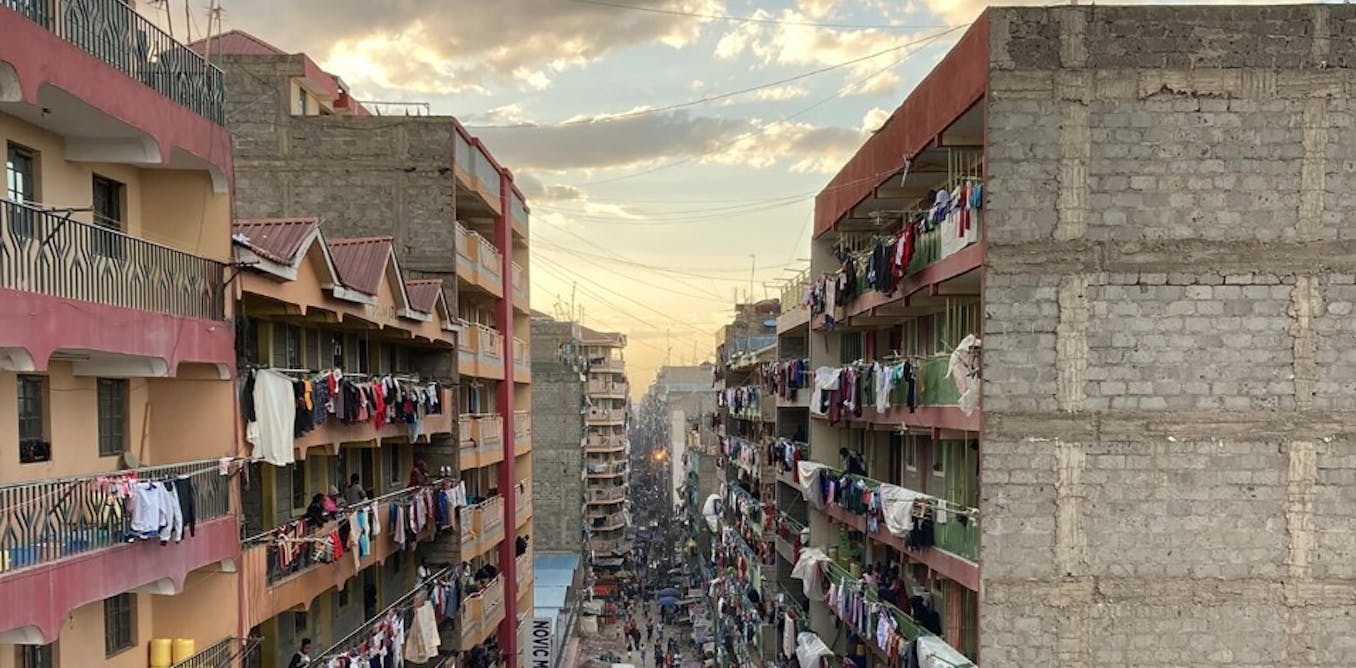


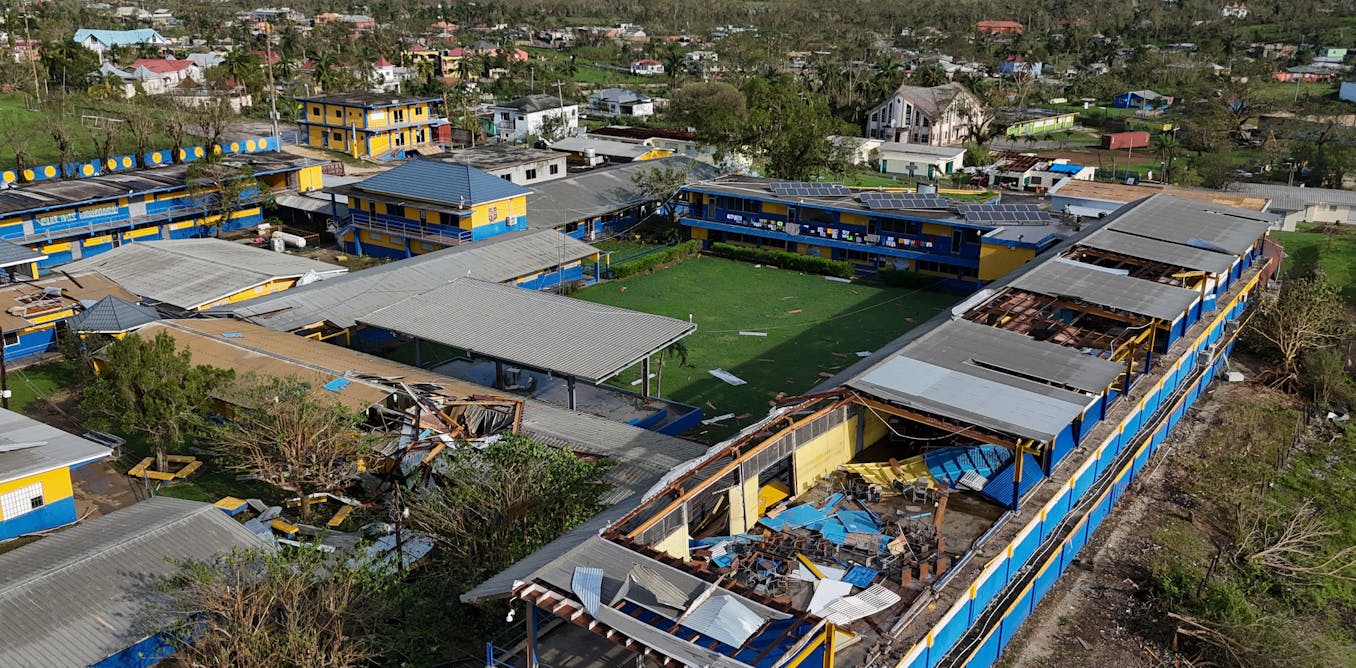
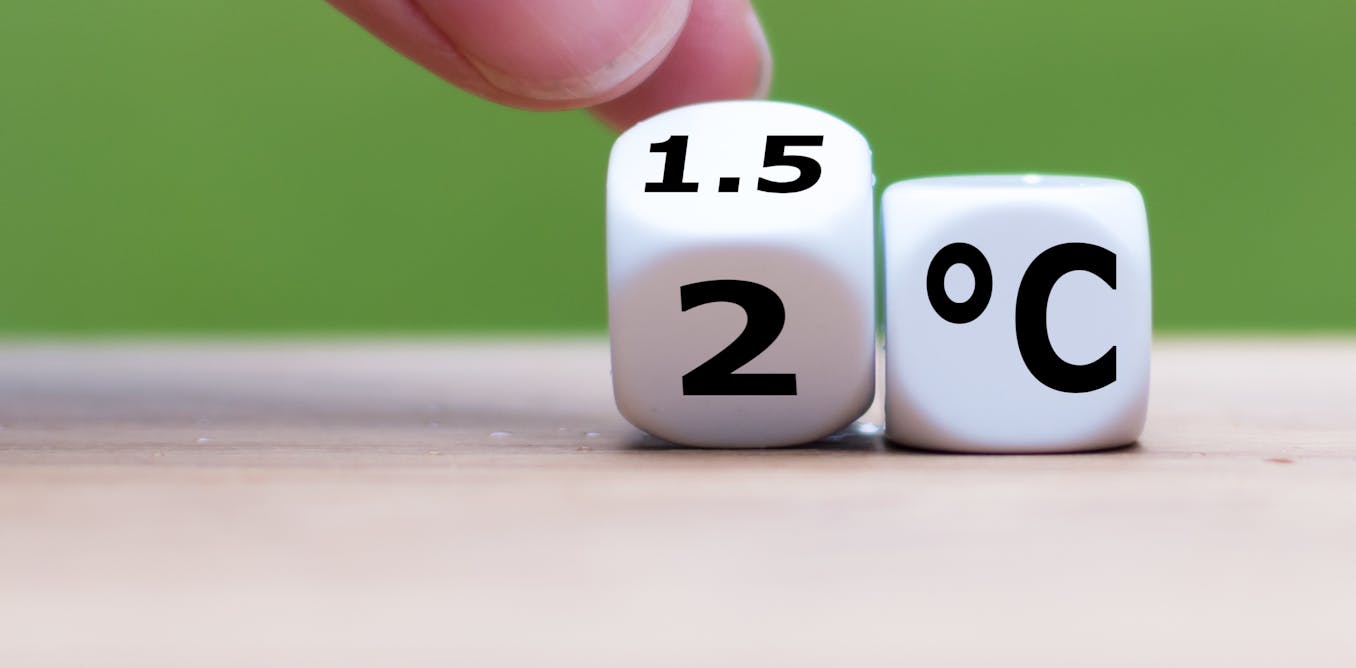
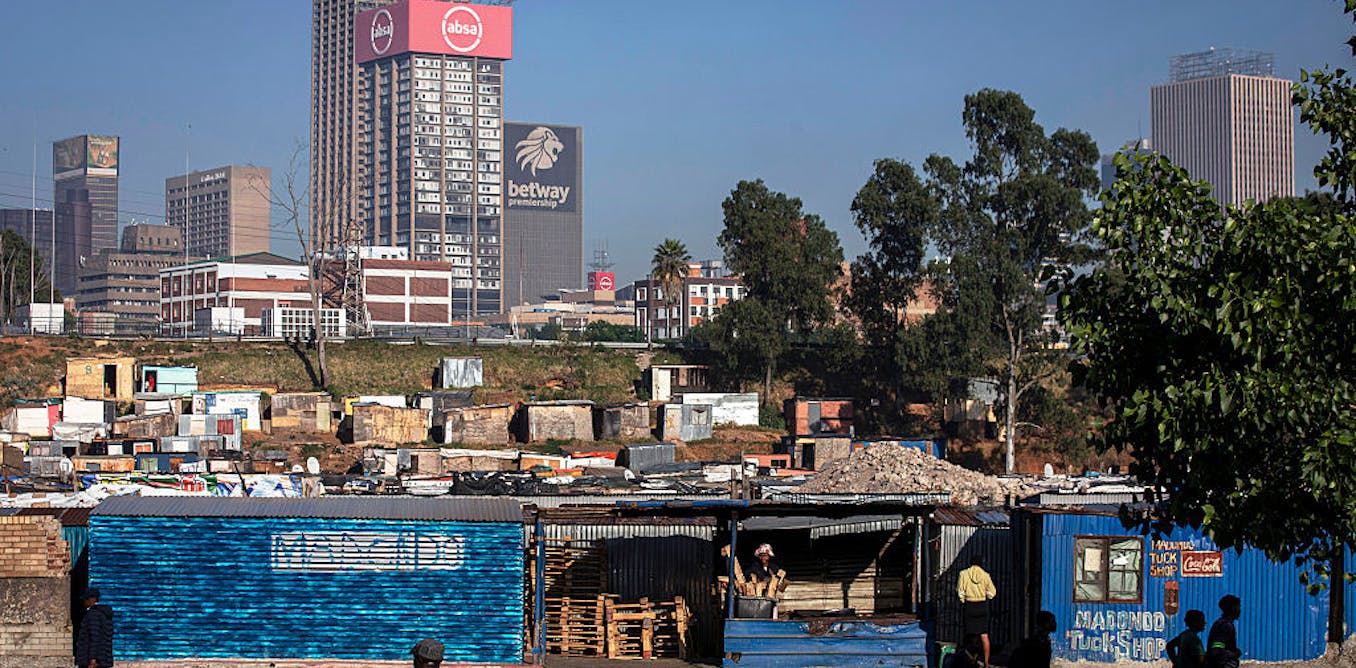
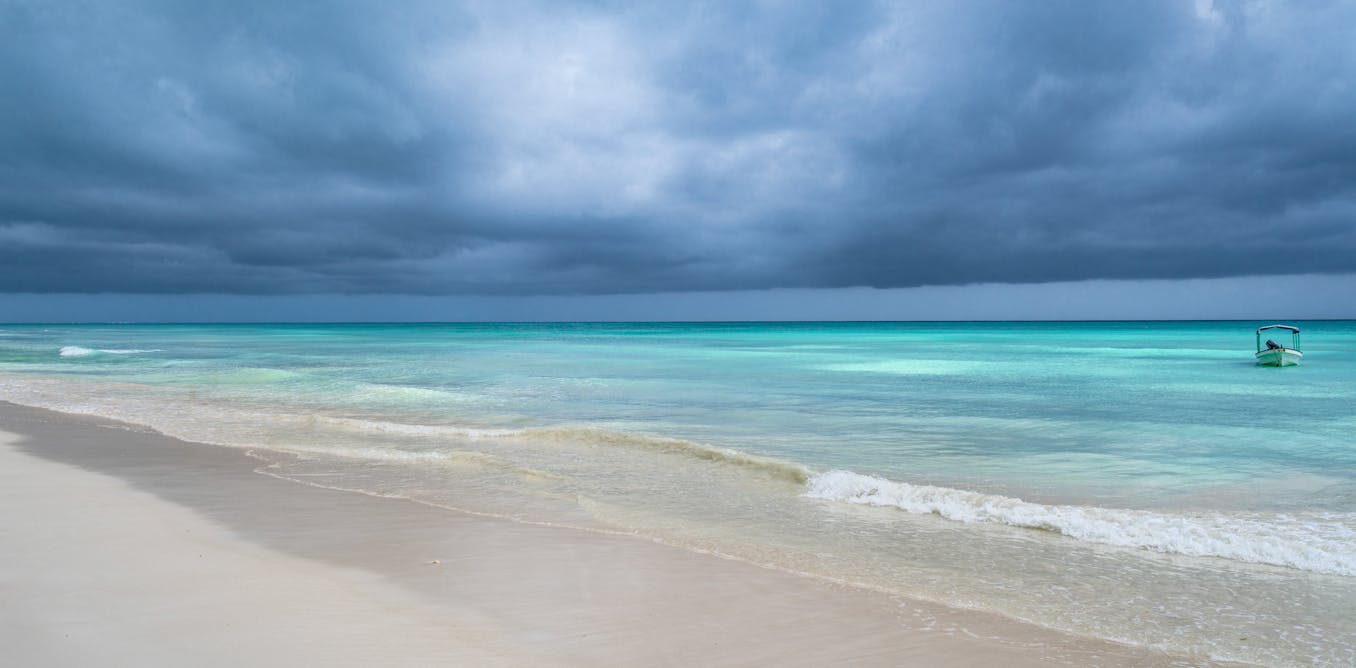



















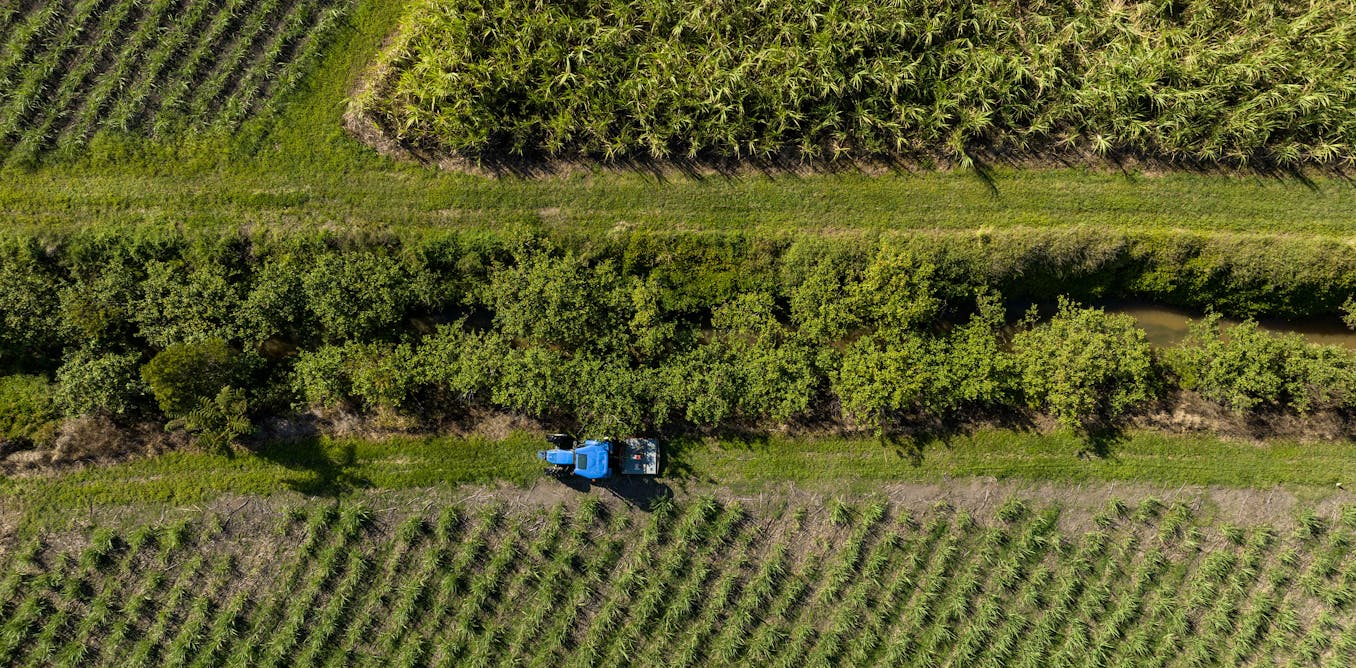
Leave a Reply